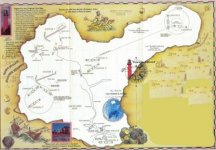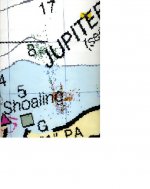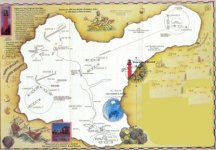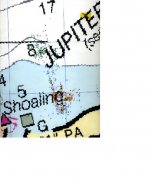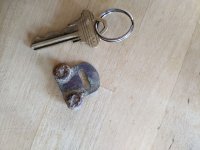cornelis 816
Sr. Member
- Sep 3, 2010
- 466
- 47
I did some tests in a flooded sandbox . I had a waterstream flowing in through the center ( the river ) and a threw a bunch of nickles in the sand , on one side of the river and the other side of the river . With the river on the left side I created another flow of water from the bottom side of the sandbox ( from the left ) . This flow was the stand in for the gulfstream . With different flows I noticed a couple of things . The coins laying in the gulf stream ( to the left of the river ) started tumbling and getting closer to the river . The coins on the other side of the river also started tumbling when I created a storm surge coming in from the other side of the river . What I noticed also is that no coins were moved across the river . What made the coins tumble ? Well if the coin was just a little higher on the side from where the gulfstream was flowing the current would push the coin up and over . If the coin then was falling over on the other side and was not pointing in the gulfstream but ketting the gulfstream flow over it , the coin would act like the wing of an airplane . I mean , the flow would create a lower pressure on the top of the coin than on the bottom side resting on the sand . This again would make the coin tumble in the direction of the river . Now you can say that storms would have a lot of influence also but the storms are far in between while the current in the Strait is there all the time having a greater impact on the position of the coin . Now why did I do these tests ? Well , and correct me if I am wrong , most of the coins were found South of the river ( the river at Jupiter wreck ) . My concusion therefor is that a wreck does exist to the South East of the Jupiter lighthouse . I think that one should look quite a few miles to seaward . Don't let yourself be thrown off by existing ( possible ) shipwreck more or less known . Cornelius


